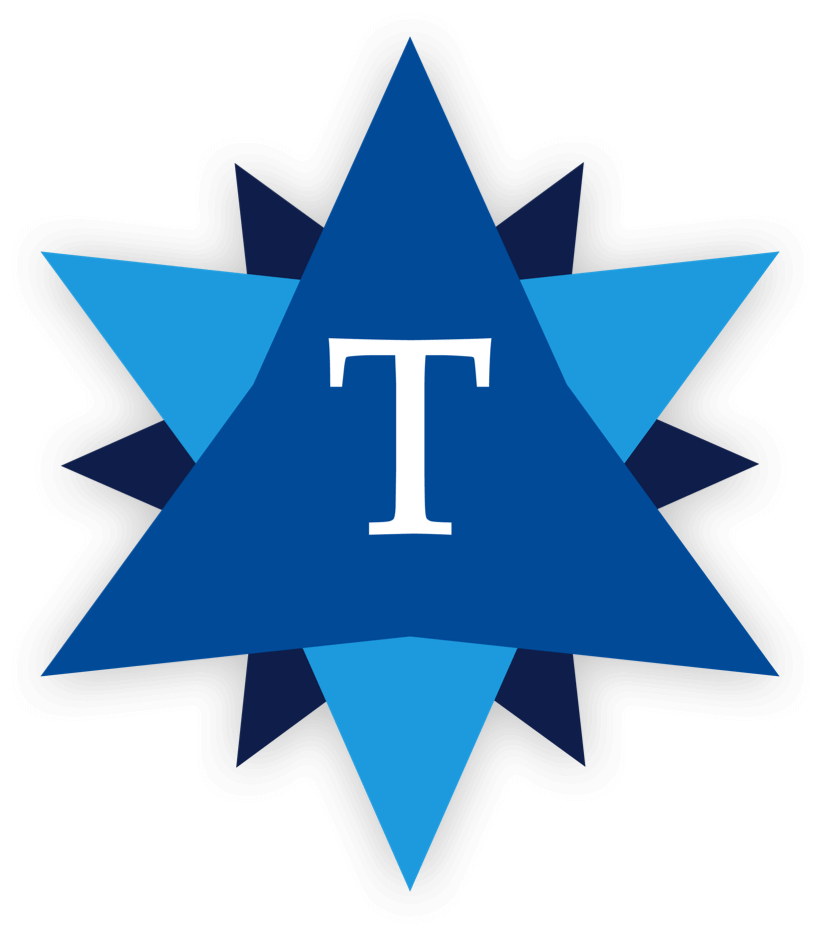How to Move Fast in a Slow Industry
Tambellini Executive Advisory Council
![How-To-Move_fast-TTG-TopofMind-7500x350[1]](https://www.thetambellinigroup.com/wp-content/uploads/2018/03/How-To-Move_fast-TTG-TopofMind-7500x3501-1.jpg)
Many of us technology leaders have been to big conferences in huge conference centers with keynote speakers up on the stage under the bright lights espousing the benefits of fast technology change—telling us that we had better get ready and move quickly or technology will pass us by. A slick video plays of a company that had perfect timing and found a way to solve the world’s problems. Upbeat music is pumping in the background. Rah rah. Boom boom. Yah yah. Yes, you think. I’m ready to do this too and save the world!!! You take your notes. You are energized on the plane trip home. You go into work on Monday morning ready to be the next keynote speaker because you too have perfect timing and can move quickly to keep up with technology. And as you walk down the hallway, you hear only the clicking of keyboard keys and the rattle of the ventilation fans. Your spirits sink a bit. You call your first meeting and talk about your new strategy and the need for change. “Isn’t this great, people?!” Without the bright lights, loud music, and cheering audience, you get blank stares instead of bright eyes.
Why? Because while your focus might be on strategy, your staff is focused on work. Not even those strategic projects, but the day-to-day work that walks through the door or hits their email inbox.
Sigh. You get discouraged. Your work is moving slowly. It’s reactionary. People complain. You know new systems could make things better, but you can’t seem to get traction on making the shift.
Ah, you get an idea. What if you could use those complaints and items in the inbox to make the shift? Small but quick shifts.
New employee? Give them the new tools you need them to use from day one. Ask them to do the research and start using new rather than the outdated tools.
Complaint letter to the president? Awesome. Get that complainer all the attention they can take. Put your whole team on their issue for a week. Set them up with a different way to work in a special conference room away from the inbox and the through-the-door requests. They’ll be practicing sprints and a new way of focused working. Your complainer may provide needed insight and turn into a spokesperson for the improved systems.
Request for a policy workaround? Support your staff by saying no. If it builds frustration, could that lead to positive change? Could it focus on the need and align it with the organization mission rather than an individual’s request?
Security problem? Don’t just solve it, use it to make a needed strategic change.
System outage? Don’t just fix it, replace it. Make that transformational change that shifts a high maintenance system to a modern one.
If you work in an industry that seems slow and reactionary, try to take advantage of that and make your reactions count towards small but meaningful technology improvements. You’ll need to do the up-front strategy work to be ready to seize each opportunity. You’ll need to know the techniques and tools your technical staff will need to work differently. And you’ll need to be on the lookout for moments where you can move fast in a slow industry.
The views and opinions expressed in this article are those of the author and do not necessarily reflect the official policy or position of The Tambellini Group. To express your views in this forum, please contact Mary McDaniel, Chief Marketing Officer, The Tambellini Group.
Categories
Share Article:

Other Posts From this Author:
© Copyright 2025, The Tambellini Group. All Rights Reserved.